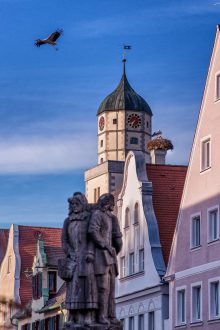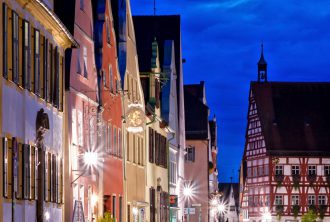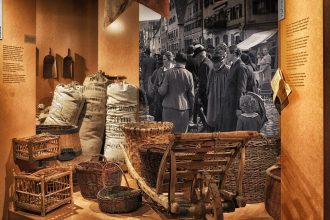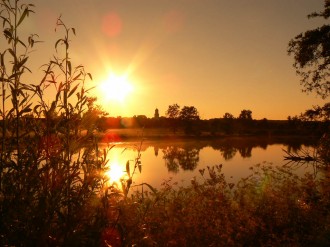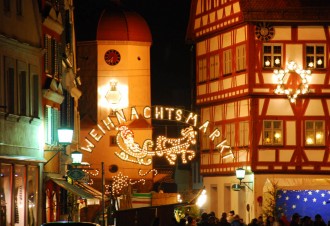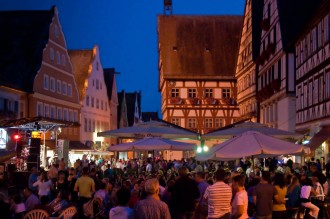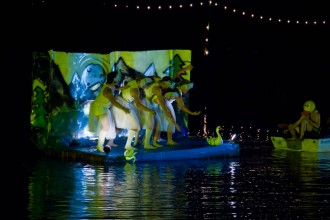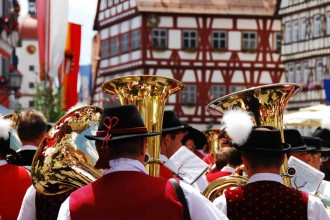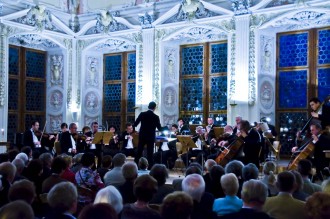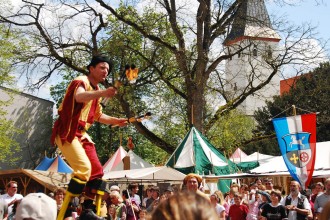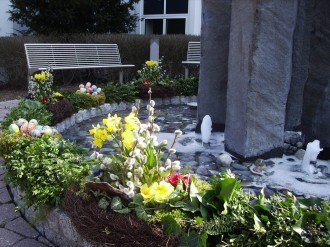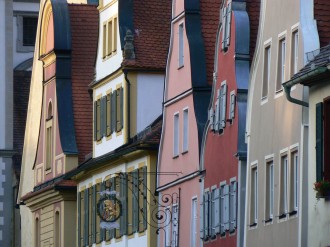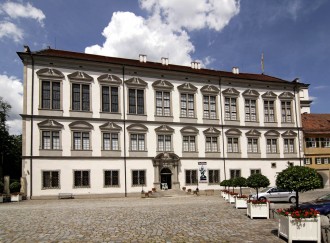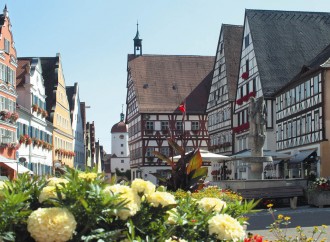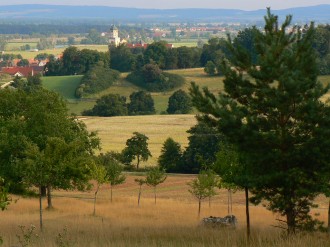Oettingen
-
A romantic town and former princely residence (5,500 inhabitants) in the “Ries”-area, an extraordinary region which originates from a meteorite impact about 15 million years ago. The fact that the town of Oettingen, which has an interesting history of hundreds of years of denominational separation, used to be the capital of a Swabian microstate as well as the twofold residence of the Princes of Oettingen still characterizes today’s townscape. In the ancient town centre half-timbered facades and Baroque-style house fronts can be found opposite each other. The small alleys, the fountains and squares as well as the uniquely idyllic court garden in a lovely park-like setting enchant with their appealing charm. The tower of St. Jacob’s Church catches the eye even from a far distance. From its top you can enjoy a fabulous view across the Northern “Ries“. The dominating buildings are most notably the princely castle and the town hall, which is one of the most magnificent half-timbered buildings in Swabia. The “Residenzkonzerte”, i.e. concerts which take place in the princely castle every year, are the cultural highlight of the summer season.
Sights and museums
The historic Old Town is an inviting backdrop for a round tour. The royal castle of the Princes of Oettingen-Spielberg was built from 1679 to 1687 in late Renaissance style. Today it is one of the most important sights of Oettingen due to its grand complex of buildings. In particular the ballroom with its Wessobrunn stucco-work is well worth seeing. Not far from the castle are the Old Grammar School built in 1724, which housed the Latin school founded in 1563, and the Protestant St. Jacob’s parish church situated at the Eastern end of the castle square. Particularly remarkable is the market place with half-timbered house fronts and Baroque-style facades opposite each other as well as the town hall, a half-timbered building dating from the 15th century. It is assumed that Oettingen has its origins in the green area of the tomb garden. Im agine the medieval castle which was being extended by Renaissance- and Baroque buildings in the course of the centuries and finally became the “Lower Castle” of the House of Oettingen-Oettingen. However it was pulled down except for the tomb chapel after 1850. Present-day St. Sebastian’s Church was built in 1467 and became the Catholic parish church in 1542. Most parts of the town wall from the era of the Staufer dynasty are well-preserved as a circular wall. The only remaining fortification tower is the so-called Royal Tower (“Königsturm”) of the Lower Gate which even served as the town’s prison for some time in the past. Oettingen Museum of Ethnology in the princely castle of Oettingen, subsidiary of the Munich State Museum of Ethnology, open Tuesday – Sunday 11.00 – 17.00 including public holidays. Tel: 09082 3910. Museum of Local History with permanent exhibition on the town’s history, access to the depot and temporary special displays. Open Wednesday – Sunday 14.00 – 17.00 and by appointment. Tel: 09082 2315. Geological Park Information Centre in the town hall.
Sports and leisure activities
River outdoor pool area on the Wörnitz Island, miniature golf, facility for Kneipp treatments, game reserve, Nordic-Walking round tours, signposted bicycle path network, guided bike tours for groups, hiking, fishing, tennis, curling, boules, rowboat rentals, cinema, bowling, geological path, cactus garden.
Guided tours
Guided tours of the town and night watchman walks for groups by appointment. Please contact the Tourist Information Office. The tours take about 60 minutes. Daily guided tours of the castle at 14.00 (additionally July – August: 11:00), on Sundays and public holidays: 11.00, 14:00, 15:00 and 16:00. Guided tours of the castle for groups anytime by appointment.
How to get there
Railway stations of Nördlingen and Gunzenhausen
-
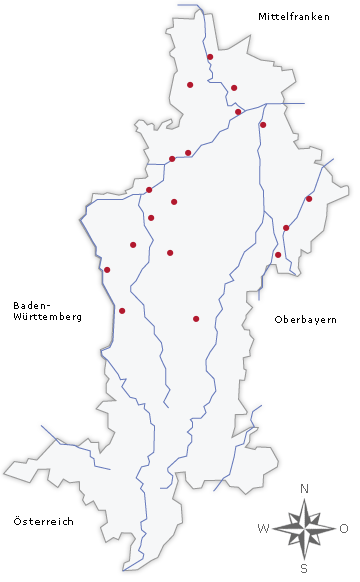
Contact
Tourist-Information Oettingen
Schloßstr. 36
86732 Oettingen
Tel: 0049 90 82 / 7 09-52
Fax: 0049 90 82 / 7 09-88
www.oettingen.de
tourist-information@oettingen.deVeranstaltungen in Oettingen

